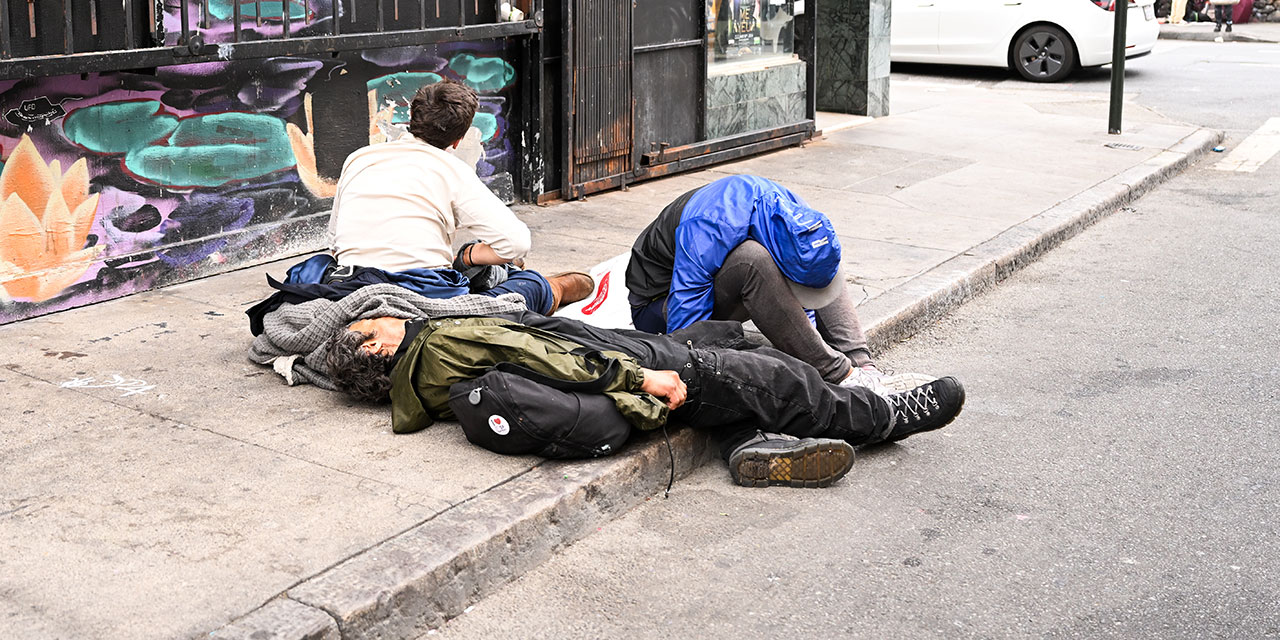Progressive politicians and their allies in the media have been running victory laps over New York City crime statistics. It’s true—and salutary—that shootings and murders have declined, though not to their pre-pandemic lows. Mayor Eric Adams and the NYPD deserve credit for going after the gangs and crews known to commit the preponderance of the city’s gun crimes.
But we should take much of the rest of the city’s crime data with a pinch, if not a full shaker, of salt. Most New Yorkers would agree that street crime, arbitrary mayhem, and general hostility are all trending the wrong way. Compstat data may say that shoplifting is down—but if that’s true, why are so many stores locking away anything that can’t be nailed to the floor? And how many victims of muggings or “minor” assaults have simply decided that it’s not worth the bother of filing a police report, when the perpetrator, if he is even caught, will likely walk away with few consequences?
Finally, a reason to check your email.
Sign up for our free newsletter today.
It’s hard to make these arguments stick, however, when feckless elected officials—the same ones who demand that we defund the police and close the jails—insist that officially sanctioned criminal impunity not only coexists with public safety but actually improves it.
The problem for public-safety advocates who argue that crime stats are not giving us the whole story is that there’s no list of unreported crimes. Anecdotes and polling indicate that things are getting ugly, but where are the data proving that the official data are wrong or incomplete?
A recent report from the New York City Department of Transportation may not debunk Compstat, but it certainly raises questions about what we are being told about crime. The department announced that the city would start placing storage lockers on sidewalks so that Amazon and other companies could securely leave packages for customers who don’t have doormen or other means of safe delivery. Mayor Adams and DoT Commissioner Ydanis Rodriguez stressed that the lockers would relieve congestion and reduce “unhealthy pollution,” but they both acknowledged that the main problem—and emergent reason for the program in the first place—is theft, which the mayor called “rampant.”
How rampant? According to the DoT press release, 80 percent of New York City households receive at least one delivery per week, and 20 percent get four or more, totaling on average 2.3 million deliveries a day. Of these many deliveries, “each day, 90,000 packages are reported stolen or lost in transit in New York City.”
Let’s hear that again—90,000 packages are stolen (or lost) every day—and that figure is from 2019, before the pandemic, the lockdowns, the concomitant rise in delivery activity, and the sharp rise in crime. The current numbers are likely to be much higher: “missing package” reports more than doubled in 2020, so the actual number of “lost or stolen” packages could be closer to 200,000.
It’s tricky to know how many packages are lost rather than stolen, though the industry says that loose shipping labels that fall off are usually to blame for “lost” packages. Major retailers use high-quality labels, so it’s safe to assume that the bulk of their shipments make it safely to front doors and hallways. But even if half of the packages are “lost in transit”—which is surely a massive overestimate—45,000 thefts every day is an enormous amount of thievery, almost none of which appears to be recorded in the official statistics.
The crime of stealing a package in New York—leaving aside federal charges of mail theft—would typically be recorded as petit larceny, or stealing items worth less than $1,000. Most shoplifting, for example, counts as petit larceny. According to Compstat, New York City is doing pretty well so far in 2023, with petit larceny year-to-date down 2.5 percent over 2022. As of the first week of July, this year has seen only 56,599 such crimes, against 58,000 last year.
But again, according to the Department of Transportation, at least 90,000 packages are stolen (or lost!) from foyers, vestibules, and front doors across New York City every day. Between any given Monday and into lunchtime the following day, more packages are stolen than petit larcenies are recorded by the NYPD in an entire year. The NYPD does not break out stolen packages into a separate category. So it’s clear that millions of real thefts are taking place in New York City every year—real losses, real inconveniences, and real criminality. Something to ponder when listening to the better recent news on crime.
Photo by: Lindsey Nicholson/UCG/Universal Images Group via Getty Images




